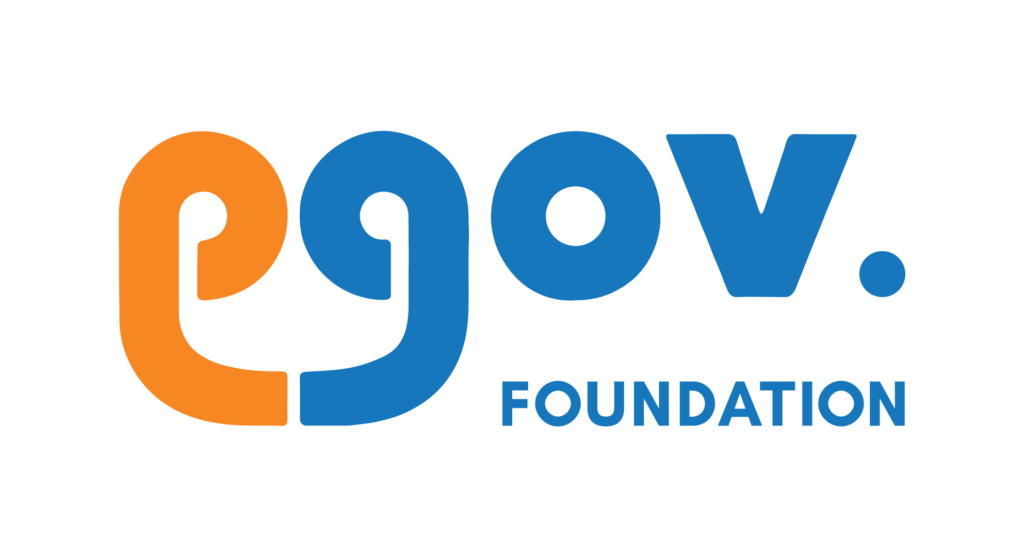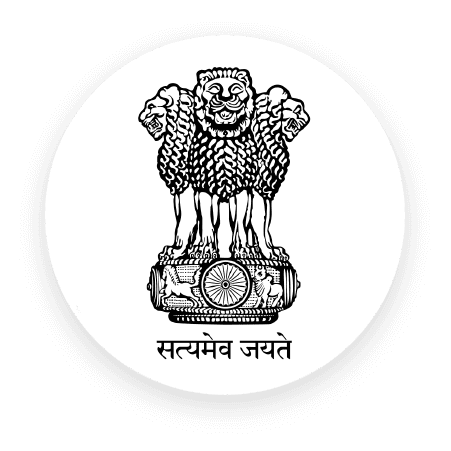Digital Global Compact
What is the Global Digital Compact?
Need for a Global Digital Compact (UN)
-
Even though digitally deliverable services now account for almost two thirds of global services, unequal access to digital services remains high.
-
Digital technology and innovation has resulted in gains in productivity and value, but these benefits do not result in shared prosperity.
-
The new technologies are not subject to basic guardrails and the lack of governance facilitates misuse.
-
Since most technologies are privately developed, there is an underinvestment in state capacities to assess and respond to digital challenges.
Multi stakeholder consultative process
With rise in digital for governance, it is important to create common frameworks and shared principles, build multi-stakeholder partnerships for scaling solutions, and ensure the availability of adequate skills to create value from digital technologies. UNSG Tech Envoy describes the Global Digital Compact as “the highest level capturing of political will so far, in terms of a comprehensive view of the digital world.” (ITU)
In the time leading up to the Summit of the Future in 2024, the UN Tech Envoy’s Office has organised a series of online and offline consultative sessions. The open ended and multi stakeholder consultative process invites expertise from The United Nations, governments, the private sector, academia, and civil society to agree on a Global Digital Compact.
The consultations include inputs on:
-
Potential of tech to advance progress towards SDGs
-
Challenges/ risks that digital technologies may pose to human rights
-
Inclusive solutions which improve access and reduce digital divide
-
Data and AI governance
-
Safety, privacy and security
Policy Brief for Global Digital Compact
The United Nations Secretary General issued a policy brief in May 2023 which includes actionable suggestions and common targets to advance multi stakeholder cooperation (digwatch). These include:
-
Digital connectivity and capacity building – Universal connectivity and strengthened digital literacy to close the digital divide and improve participation in the digital economy.
-
Digital cooperation to accelerate progress on SDGs – Common blueprint for digital transformation through – targeted investments in DPI; representative, accessible, interoperable data; and shared standards.
-
Upholding Human Rights – Digital human rights advisory mechanism to make human rights the foundation of an open, safe and secure digital future.
-
An inclusive, open and shared internet – Multi stakeholder governance to harness the potential of the internet and safeguard the free and shared nature of the internet.
-
Digital trust and security – Common standards and industry codes of conduct to address harmful content on digital platforms and shared understanding of guidelines and principles on responsible use of technology.
-
Data protection and empowerment- Govern data for the benefit of all, empower people to control their personal data, and develop interoperable standards for data quality.
-
Agile governance of AI and other emerging technologies – Advisory body for AI to build regulatory capacity in the public sector and to put transparency, fairness, and accountability at the core of AI governance.
-
Global Digital Commons- Enable regular and sustained exchanges across states, regions, and industry sectors; develop and govern technologies in ways that enable sustainable development, empower people, and address harms.
Relevance to Digital Public Infrastructure
-
DPIs harness huge amounts of data that if safely governed and effectively used, can help countries accelerate their development and advance the achievement of SDGs.
-
As societies invest in DPIs, a wealth of knowledge, best practices and experience is being created. To harness the potential of DPI, it is necessary to invest in building capacities, have common shared principles and frameworks, maintain a global repository of experiences, and establish pooled financing mechanisms.
-
Investments are needed in “data commons”, which pool data and digital infrastructure across borders, build flagship data sets and standards for interoperability and bring together data expertise from public and private institutions to build insights and applications for the SDGs.
























